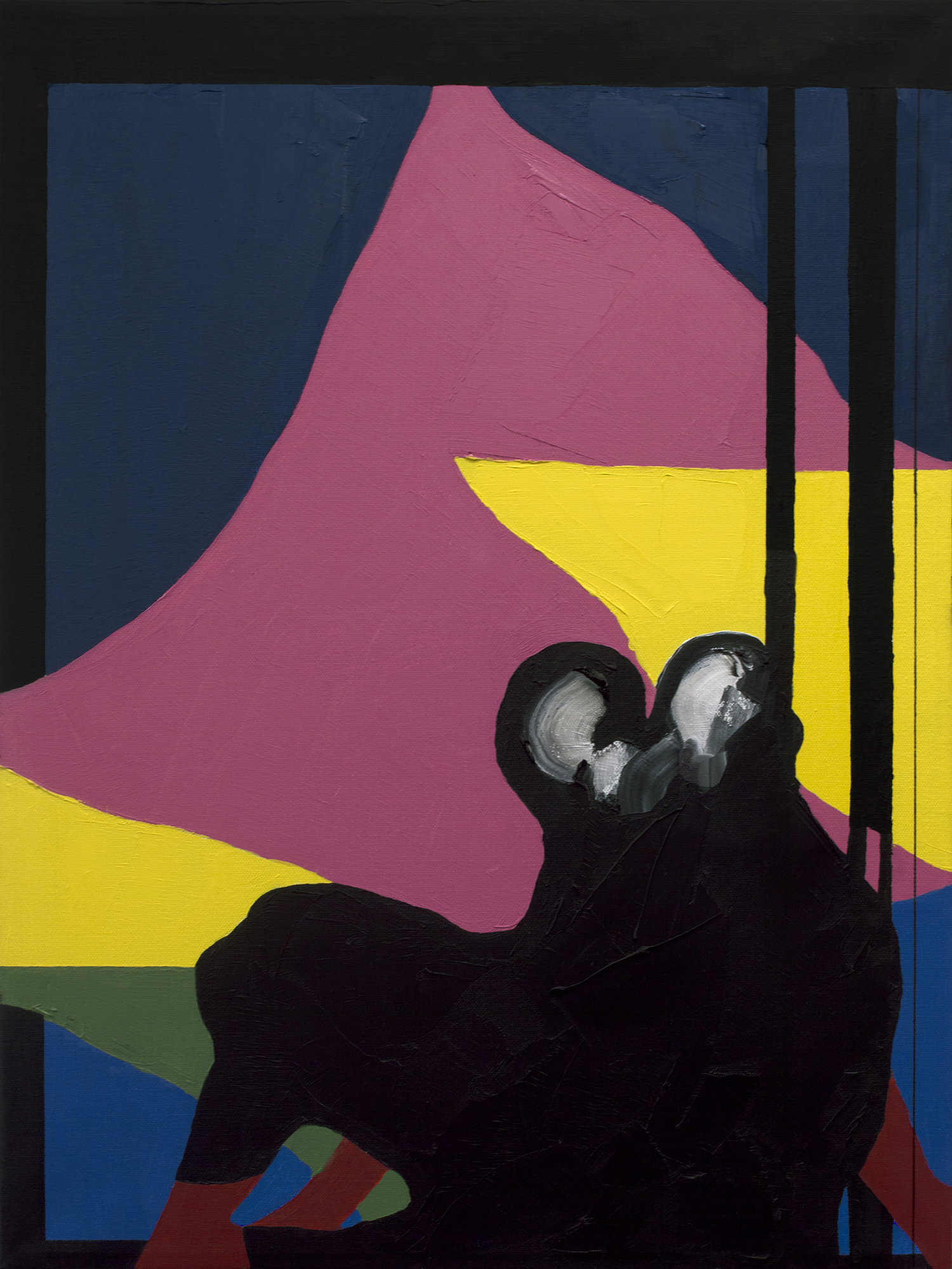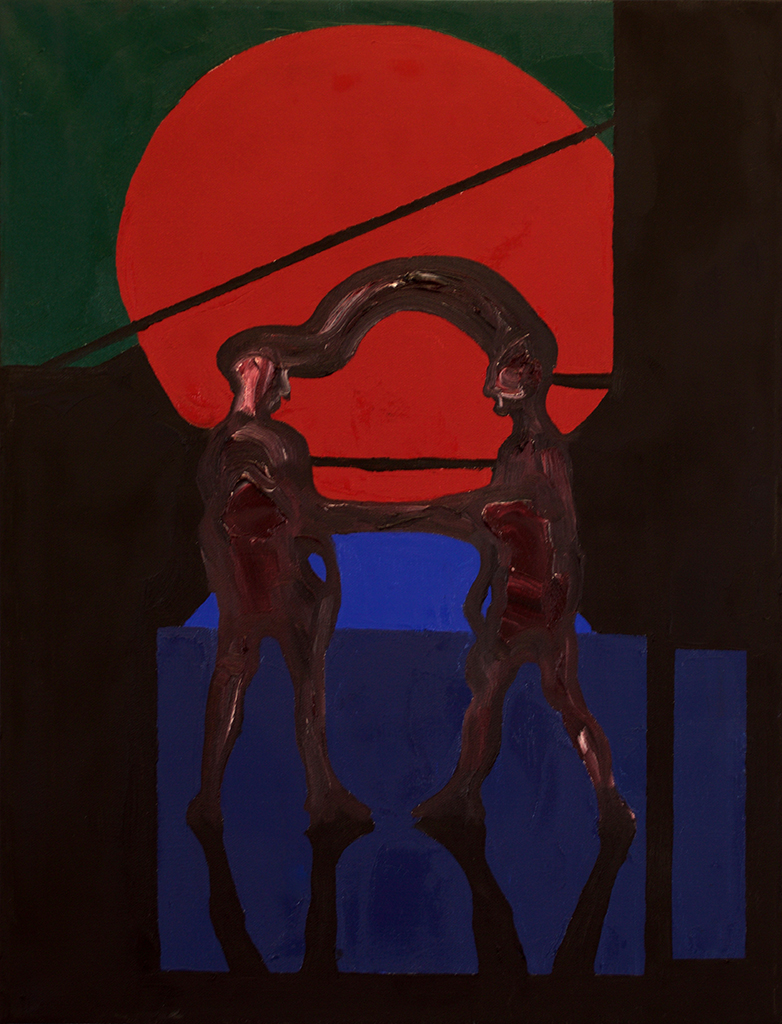quocqly.com

We should think strangely of ourselves, 2018 Oil on canvas 18in x 24in

Chó và Sói, 2017 Oil on canvas 18in x 24in

Một, 2017 Oil on canvas 18in x 24in

Nở, 2018 Oil on canvas 18in x 24in

Non-present, 2018 Oil on canvas 30in x 24in

One, 2018 Oil on canvas 24in x 36in

Trôi, 2018 Oil on canvas 24in x 30in

Untitled, 2017 Oil on canvas 18in x 24in
Identity can be described as a series of links and relations comprising a personal history with certain states of origin—a one true home, a place that holds great familiarity and effortless comfort. But what of those who are in a constant state of migration that sometimes exists in humanity? The question I ask here is, how does one have a sense of complete identity when the point of origin no longer feels central or significant to the self? Subsequently, existentialism or a murky sense of identity are two possible anchors to one’s relation to the self, as a result of extensive and repeated migration.
I look back to the many years I spent growing up having a very loose idea of what ‘home’ is for me. Moving around a lot as a child, each time I began to get used to a place, another “opportunity” came along and dragged me away. Consequently, I believe that there’s always this constant pressure, an underlying struggle trapped within me, a quarrel, a mess of emotions, a tug of war — between the inevitable, unconscious urge to change to better fit the mold created by a particular society. I feel a pressure to stay true to myself, to the traditional values that traveled with me to each new home. In essence, I feel like I do not belong to one place; as if I had been torn between all the places I had ever lived.
Consequently, my formative years in a process of constantly re-settling are central to understanding my artistic practice. I engage painting to evoke this global, nomadic or non-citizen-self referenced above, by shifting a rubric of self-portraiture to a removal of familiar facial and body structures. My paintings have figurative components, presented in a way to convey existential senses of the double, duality of the human mind. The bodies lack detail in regard to facial features and body structure, leaving just barely enough for the viewer to recognize as a humanoid figure, somewhat uncanny, sometimes distorted. The bodies are placed in the foreground, surrounded by an imagined space made up of various geometric shapes, and multiple planes resembling shifts between different spaces within one canvas. There are moments when there are ambiguity and confusion regarding the foreground and background due to the way parts of the background merges with the figure in the foreground, and vice versa.